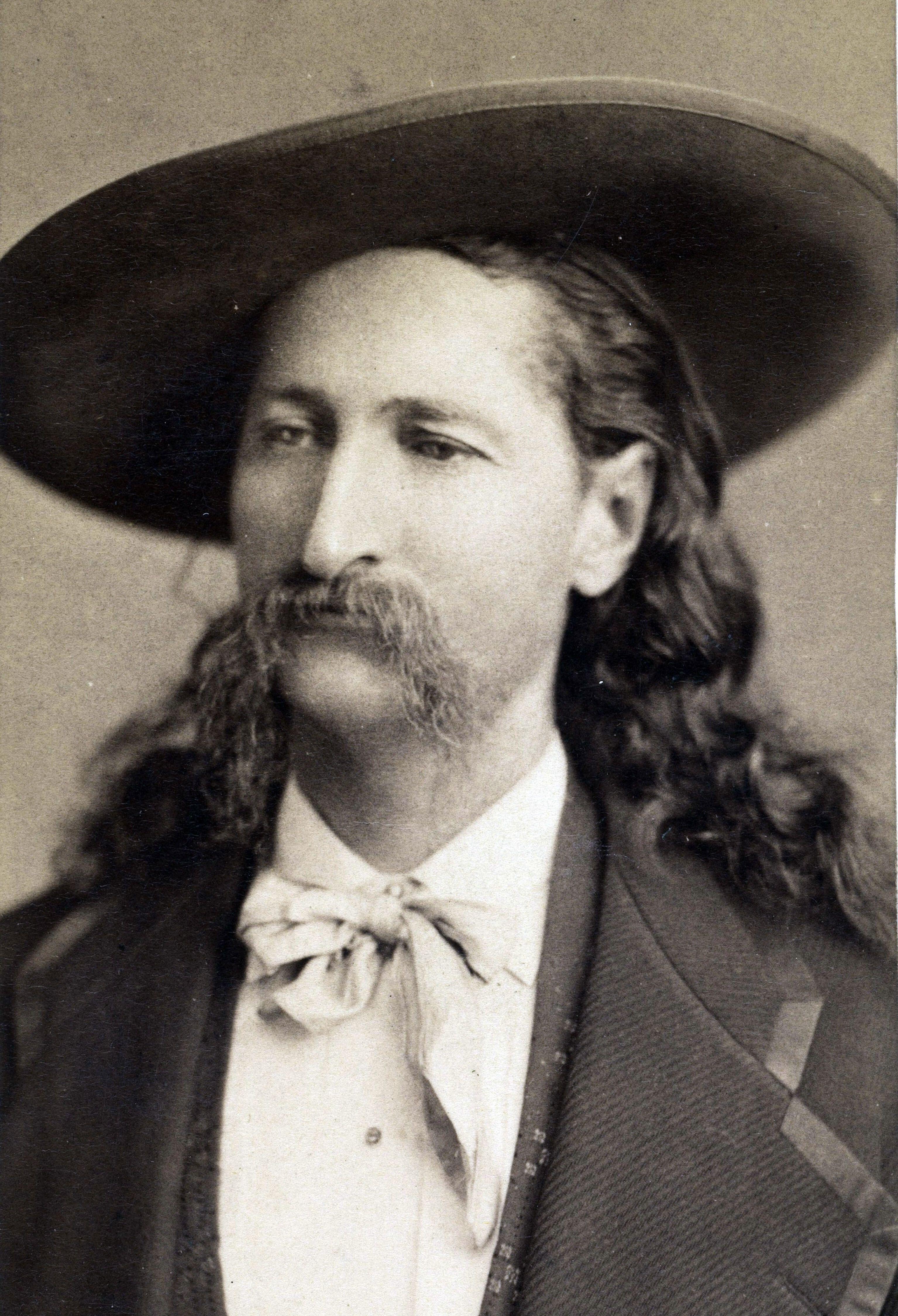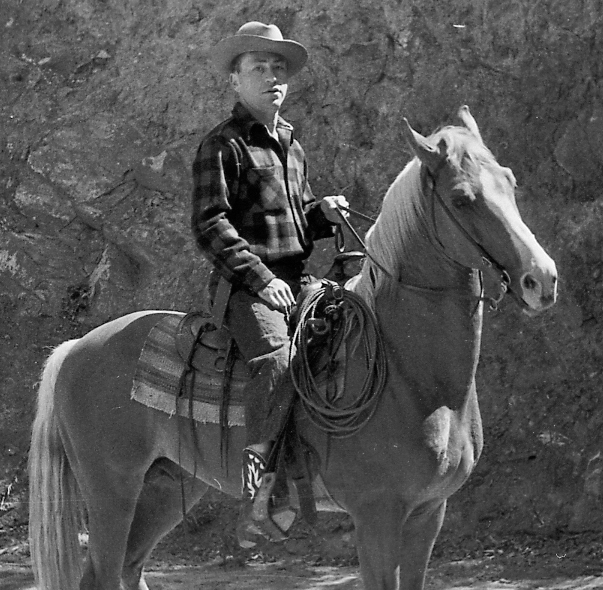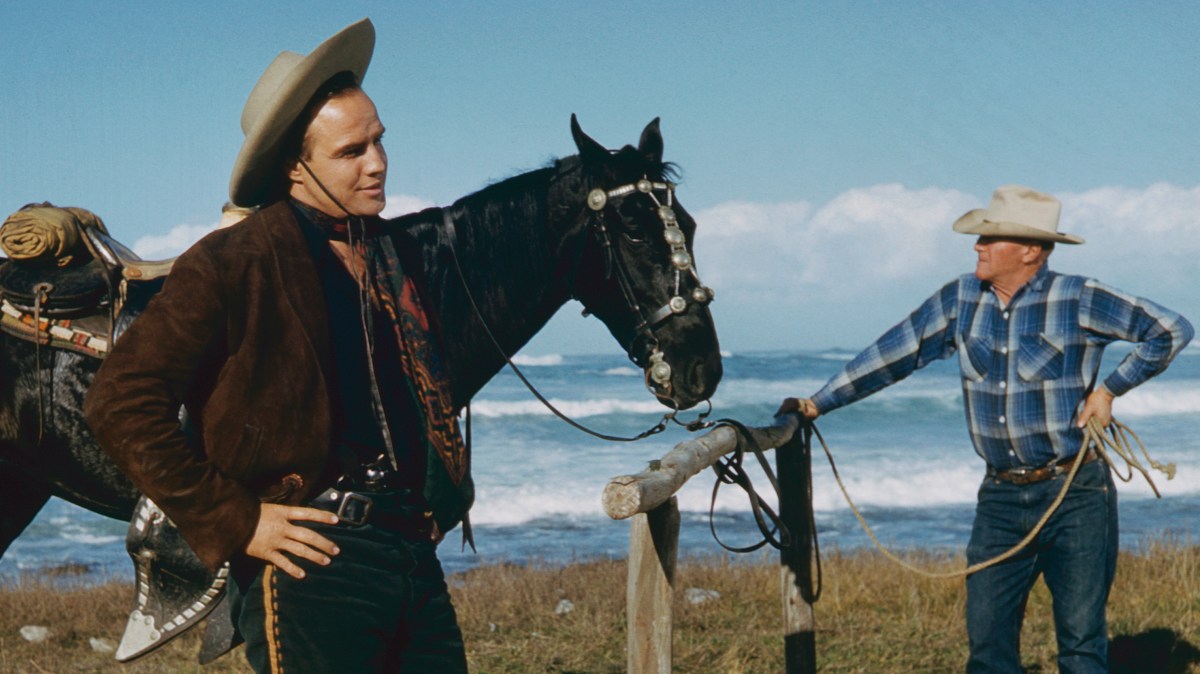Where have all the westerns gone? The chaos, blood and contorted glory of the Old West have always attracted writers. The grand canvas of that period in America’s history leaves room for all forms: the popular stories of Zane Grey, the epic Lonesome Dove series by Larry McMurtry, Cormac McCarthy’s biblical bloodbaths, even the dazzling poetry of Michael Ondaatje’s The Collected Works of Billy the Kid.
The genre seems to have faded, bar the occasional treat like Kevin Barry’s The Heart in Winter. But there are plenty of older stories to give new life to, such as the newly reissued The Authentic Death of Hendry Jones (1956) by Charles Neider, an American writer who was born in 1915 in what is now Ukraine.
Hendry Jones’s story is loosely based on the life and death of the notorious Wild West outlaw Billy the Kid; indeed, in the book our antihero is known only as “the Kid”. But he lived, so we’re told, after Billy and after Wild Bill Hickok, so we are probably in the late 19th century. And it’s a story about violence and death, but also about what happens when someone famous dies.

Wild Bill Hickok, 1837-1876
ALAMY
At the start of the story the Kid — a cool-hearted, sharp-shooting marksman, “the greatest gunman alive at the time of his death” — has died, but his legend lives on. We are in the hands of his old friend “Doc” Baker, who tells us about the feeding frenzy round relics connected to the Kid. “You can buy a hundred guns supposed to have been his,” he says, and people even claim the Kid’s trigger finger was removed from his body before burial and preserved in alcohol.
Then we go back to learn more about the man, but Neider isn’t about to let the guns go blazing just yet. For the first third of the book the Kid is in jail, his killings having caught up with him, and in solitary confinement on death row. “He went to the window again. Out there in the middle of the plaza was where they planned to hang him Saturday at 9 o’clock.”
Still, he doesn’t seem too bothered — it’s almost as though he has a plan. He taunts one of his jailers that by Monday he will be miles away. “Oh yeah?” replies the other. “And where will I be?” “Right here. Wondering what happened.”
• Read more book reviews and interviews — and see what’s top of the Sunday Times Bestsellers List
It’s no spoiler to say the Kid does escape. After all, as the reader knows — even if the Kid doesn’t — his legend depends upon a violent death. The scene where he breaks out of jail and the aftermath is tremendously well done with the reader pulled along by winding sentences that predict McCarthy and blend action and thinking.

Charles Neider on his horse Chico in 1952
COURTESY SUSAN M. NEIDER
But there’s more: while the Kid was on death row his sweetheart, Nika, married someone called Miguel. Once the Kid escapes, he’s off to find her. “I wasn’t supposed to be dead until Saturday and you got married on Wednesday,” he tells her. He’s got a point. And you wouldn’t fancy Miguel’s chances.
There’s plenty more violence and bloodshed to come, but The Authentic Death of Hendry Jones is also about the country that made him. “Some say you’re bad for this country,” someone tells him. “That it’s time it grew up.” And so it did — for a while.
We get insight into our man’s psychology too, and it’s the woman who loved him that digs deepest. We find out that the Kid doesn’t know where he was born or who his mother is. He’s all front because he doesn’t dare look behind it.
• Clare Chambers: Everyone should read this 800-page western
Then there’s our narrator, “Doc” Baker, who is reassuring and confident, but is he reliable? After he shares one climactic scene, he mentions, almost as an aside, that he was “asleep when all this happened”. And he jumps into and out of other people’s viewpoints a bit too conveniently. It serves to remind us that when legends are created a good story always trumps the truth.
Hendry Jones was such a seductive story that five years after it was published Marlon Brando adapted it into his only film as director: One-Eyed Jacks. Some elements were lost, others added. The Kid was renamed Rio and wore his gun in a cummerbund. Neider, a stickler for authenticity, was asked what he thought about that. “First time he’d draw that gun,” Neider said, “he’d blow his balls off.”
The Authentic Death of Hendry Jones by Charles Neider (McNally Jackson £13.99). To order a copy go to timesbookshop.co.uk. Free UK standard P&P on orders over £25. Special discount available for Times+ members

